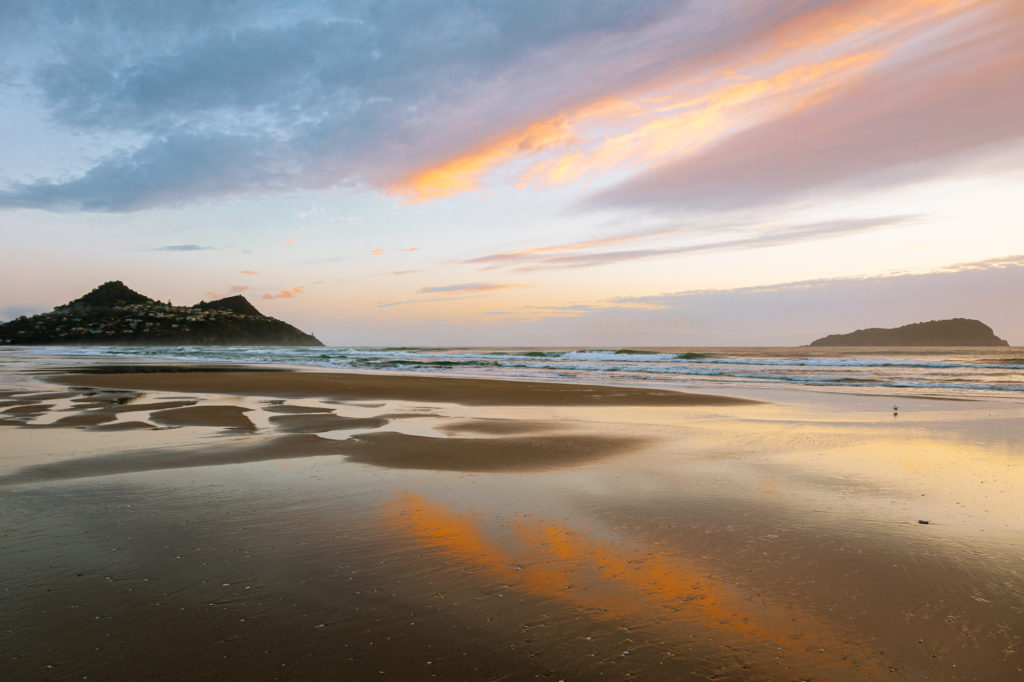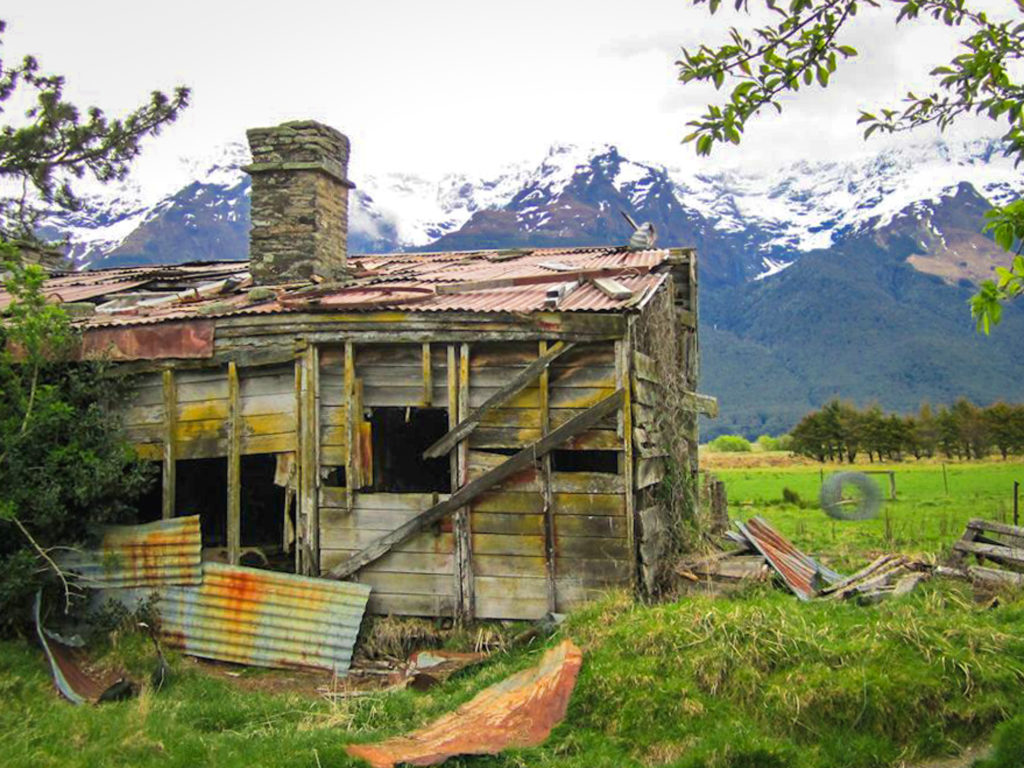It’s a shame that not everyone has the opportunity to visit New Zealand. Sometimes, our planets align and there are multiple reasons to do something. Let’s face it, visiting the other side of this planet requires unusual alignments.

We had planned to go the rugby world cup in 2011. That planning started in 2009 when I was on the phone to Dublin from a Belgian cafe and bar in Wellington. I was in New Zealand for my first time, a two day business trip. Day two and it already clear that we needed to find reason for a family visit. Ireland hadn’t yet won their first Grand Slam in forty years, that was a month away but we knew we had the team that could and better yet, we had a team should do well in the next world cup.
And so, late in 2010, we secured our match tickets in the first round lottery. Note to self: why is it the only lotteries we ever win are those that cost us more? So we set about creating an itinerary that would hinge on being in Wellington for the two quarter finals on Ireland’s side of the draw. The trip would start in Auckland and we’d drive around the north island eventually reaching Wellington. Unfortunately, though we correctly gambled that Ireland would reach the play-offs, we couldn’t have known we’d lose yet another quarter final match, this one to Wales.
A trifle dispirited, to say the least, we went down to the South Island. We flew across The Cook Strait and on to Christchurch, changing planes, then over the Alps to Hokitika where we hopped into another rental car. After many holiday adventures, we ended up in Queenstown from where we flew back to Auckland and on home.
Almost all of us, that is. I stayed another week. It was not by design but by coincidence that I got to two semi-finals and the bronze final match before I departed for Texas to watch New Zealand beat France with Irish friends on TV in Houston.
A nuclear powered ice-breaker had given me reason to stay the extra week and also to visit New Plymouth (and walk Mt Taranaki too). I’d been expecting a new geophysical vessel to arrive in November to conduct a three dimensional seismic survey for which I was supervising the design, procurement and operation on behalf of my employer and our partners. The project commencement in my Gantt chart indicated that I would have to return to New Zealand a week or two after the world cup competition had ended. Instead, the geophysical vessel arrived several weeks early because it took a short cut from Norway.
The m/v Alima had come from Hammerfest in Norway via the NSR (Northern Sea Route) to New Plymouth. The ICE-1A rated Alima had only been built the year before. She’d completed her sea trails and commenced seismic work earlier in the year. The Alima had been designed to the highest of ice and environmental standards including the ICE-1A rating, as required by Russian maritime regulations for operations in the NSR. Of course, operating and surviving around ice is one issue. Passing through it requires some icebreaking and that’s where a nuclear powered icebreaker comes in handy. The NS Yamal was built in 1992 and is one of the few nuclear powered ships still working. So the seismic operator, Polarcus, arranged for the Yamal to escort the Alima from the Kara Sea through the Vilkitskiy Strait to the Laptev Sea. Interestingly, the folk on board later told me they’d seen no ice floes anywhere on the journey. An early sign of warming seas.
The passage by the NSR was only 5400 km which is about a quarter of the the more traditional passage through the Panama Canal. So I really appreciated all the years of design, planning and preparation that enabled me to stay in New Zealand for the extra week. Perhaps the best part was having extra time to recover from saddle strain after spending the last day in Queenstown on a mad, Lord of The Rings pony trek.
The NSR journey is more fully described here.



Wow. Your photo of the shack is gorgeous!